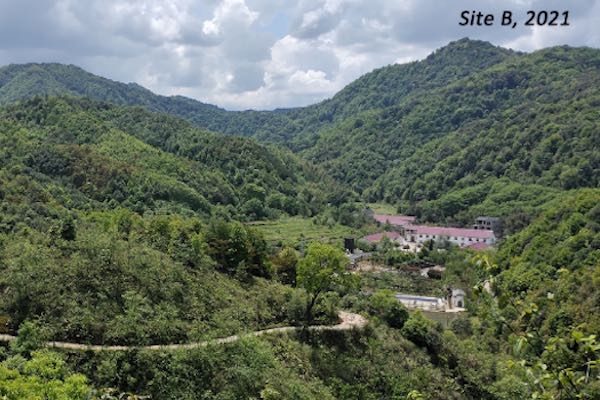
Preventing the re-clearing of second-growth forests is a major challenge for restoration efforts in tropical regions, according to a new study led by international researchers. The study found that a third of regenerating areas in the Brazilian Atlantic Forest were cut down…
Read More











